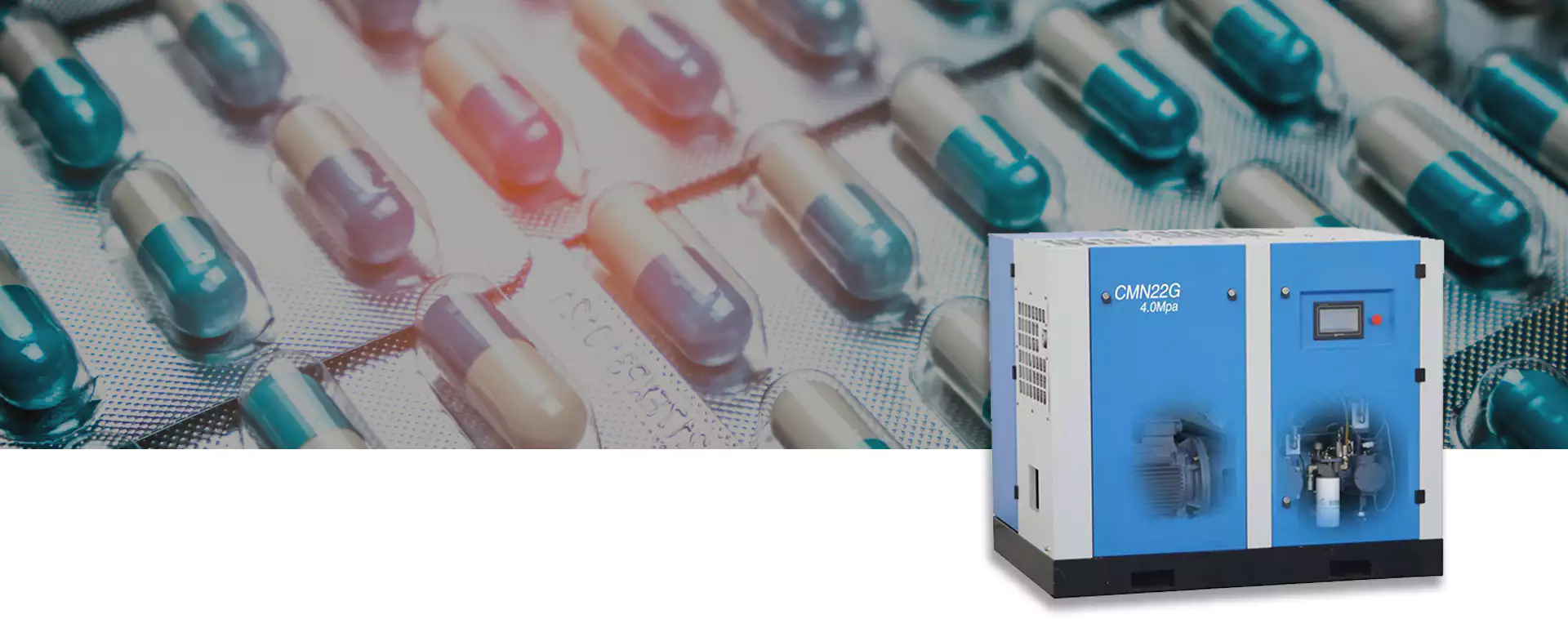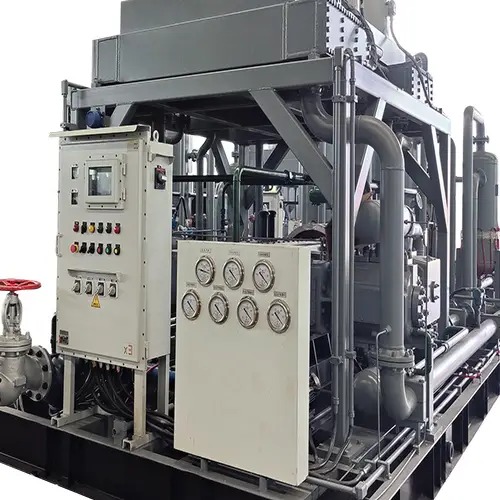 “`html
“`html
Electric Bog Compressor: Exceptional Performance and Durability
The Electric Bog Compressor is a true standout in the machinery world, celebrated for its remarkable durability and efficiency. Think of it as the steadfast workhorse of industrial applications, providing not just high performance but also ensuring low energy consumption and minimal operational noise. This innovative compressor’s sophisticated engineering highlights reliability and ease of use, making it the go-to choice for businesses in search of dependable air compression solutions. It’s like having a trusty friend on the job, always ready to deliver.
Product Description
Overview: The Electric Bog Compressor is not your average compressor; it’s an oil-free lubrication reciprocating piston compressor. Designed with a robust structure, it integrates advanced technology aimed at enhancing functionality. With its ability to operate effectively across a plethora of environments, it becomes an indispensable asset for industries requiring consistent and reliable gas compression. Think of it as an all-weather companion in the field.
Advantages of the Electric Bog Compressor
One of the core advantages of our Electric Bog Compressor lies in its exceptional manufacturing standards. Parts like gas valves and piston rings are engineered for extensive operational longevity, often exceeding 8000 hours. Picture this: a compressor that can handle the grind without breaking a sweat! The system allows for soft starting, facilitating frequent start and stop cycles, and is equipped with a wide intake range that enhances adaptability. Additionally, its skid-mounted structure significantly reduces noise levels, making it suitable for installation in urban settings—nobody wants a noisy neighbor!
High Automation Features
The Electric Bog Compressor boasts a top-notch control system that ensures high automation. Users can enjoy the ease of ABB soft start options or variable frequency drives. In case of operational faults, the system incorporates automatic shutdown features, accompanied by audible and visual alarms. This design guarantees safety and reliability, much like having a safety net in a high-wire act.
Product Parameters
| Model | Flow m³/h | Inlet Pressure (Mpa) | Outlet Pressure (Mpa) | Weight (Kg) | Power (Kw) |
|---|---|---|---|---|---|
| VW-6/16-24 | 360 | 1.6 | 2.4 | 2600 | 110 |
| VW-6/(0-1.62)-(5-21) | 360 | 0-0.162 | 0.5-2.1 | 2350 | 75 |
| WW-26.7/0.5-10 | 1602 | 0.05 | 1 | 4500 | 250 |
| DW-2/0.2-16 | 120 | 0.02 | 1.6 | 1500 | 22 |
| WW-3/8 | 180 | normal pressure | 0.8 | 1500 | 22 |
Our Product Range
Beyond the Electric Bog Compressor, our company specializes in a diverse array of industrial products. This includes agricultural gearboxes, power output shafts, sprockets, hydraulic couplings, worm gear reducers, racks, roller chains, pulleys, planetary gearboxes, timing pulleys, and bushings. We pride ourselves on offering high-quality products at competitive prices, accompanied by attentive services. Customers are encouraged to customize their orders based on specific drawings and samples—because who doesn’t like a tailored fit?

Frequently Asked Questions
Q1: What types of gases can the Electric Bog Compressor handle?
A: The Electric Bog Compressor is designed to efficiently compress a wide variety of gases, including helium, natural gas, LPG, hydrogen, and carbon dioxide, among others. It’s like a Swiss Army knife for gas compression!
Q2: What is the warranty period for the Electric Bog Compressor?
A: The warranty period spans 18 months from the commissioning date or 21 months from the receipt date, ensuring complete customer satisfaction. We stand behind our products like a proud parent!
Q3: How do you package the compressors for shipping?
A: Smaller compressors are thoughtfully packaged in sturdy plywood boxes, while larger units are securely placed in freight containers with meticulous fastening to prevent damage during transit. It’s like wrapping a gift that’s too good to unpack!
Q4: What kind of technical support do you provide?
A: We offer comprehensive technical support, including remote assistance for installation and commissioning, as well as on-site services by seasoned engineers. It’s like having an expert in your back pocket.
Q5: How long does delivery take for customized compressors?
A: Customized compressors generally have a delivery time ranging from 30 to 45 days, depending on specific requirements. We’re all about keeping things on schedule, like a clockwork operation!
Performance Characteristics of Bog Compressor
The Bog compressor is an essential apparatus utilized across various industries, thanks to its multifaceted performance characteristics. Each attribute contributes significantly to its overall functionality and efficiency. Below are the pivotal performance characteristics:
- High Efficiency: The Bog compressor is designed to maximize output while minimizing energy consumption. This efficiency is achieved through advanced engineering that optimizes the compression process—think of it as turbocharging your productivity!
- Robust Durability: Built from high-quality materials, Bog compressors boast exceptional durability, allowing them to withstand harsh operating conditions. This durability ensures longevity and reduces the frequency of maintenance interventions, much like a reliable old truck that just keeps on going.
- Versatile Applications: The adaptability of Bog compressors enables their use in numerous applications, from oil extraction to environmental management. This versatility makes them indispensable in various sectors, acting as the jack-of-all-trades in industrial settings.
- Noise Reduction: Many Bog compressors are equipped with noise-reduction technology, significantly minimizing operational sound levels. This feature is crucial for environments requiring low noise pollution—because silence is golden!
- Compact Design: The compressors often come with a compact footprint, making them suitable for installations where space is limited. Their design allows for easy integration into existing systems, just like finding that perfect puzzle piece.
- Advanced Control Systems: Equipped with modern control systems, Bog compressors allow for real-time monitoring and adjustments, enhancing operational efficiency and responsiveness to varying demands, a bit like having a personal assistant keeping everything in check.
Types and Characteristics of Bog Compressors
Bog compressors can be categorized into several types based on their design and application. Each type exhibits unique characteristics that cater to specific operational needs:
- Reciprocating Compressors: Known for their robust construction, these compressors utilize a piston mechanism to compress gases. They are highly efficient and suitable for high-pressure applications—imagine the power behind every pump!
- Rotary Screw Compressors: These compressors employ two interlocking helical screws to compress air, offering continuous operation and higher efficiency for moderate pressure applications. It’s like a dance of gears working in perfect harmony.
- Centrifugal Compressors: Utilizing rotational energy, these compressors are ideal for large-scale applications where high flow rates are necessary, such as in the oil and gas industry. Think of them as the heavy lifters in the compressor family!
Advantages of Bog Compressors Made of Different Materials
The material composition of Bog compressors plays a crucial role in their performance and application suitability. Here are some advantages based on different materials:
- Aluminum: Lightweight and corrosion-resistant, aluminum Bog compressors are perfect for portable applications. Their low weight enhances mobility without compromising performance—just like having a travel-friendly suitcase!
- Stainless Steel: Known for its resilience against corrosion and high temperatures, stainless steel is a go-to in applications where hygiene is paramount, such as in the food and pharmaceutical industries. It’s as reliable as a chef’s favorite knife!
- Cast Iron: Cast iron compressors are celebrated for their durability and heavy-duty performance. They are ideal for high-stress environments where longevity is critical, akin to a seasoned warrior ready for battle.
Applications of Bog Compressors
The versatility of Bog compressors allows them to be integrated into various industries, showcasing their value and importance:
- Oil & Gas Industry: In this sector, Bog compressors facilitate the extraction, transportation, and refining processes, ensuring operational efficiency and reliability—much like the backbone of industrial energy.
- Petrochemical Industry: These compressors are vital for production processes, moving gases and liquids through extensive pipelines. They work tirelessly behind the scenes, like the unsung heroes of the chemical world.
- Mining Industry: Utilized for ventilation and material transport, Bog compressors significantly enhance productivity in mining operations. Think of them as the lifeblood of the quarry!
- Marine & Shipping: In maritime applications, they provide air supply for pneumatic tools and actuation systems, ensuring optimal operation of equipment—like the wind in a sailor’s sails.
- Environmental Applications: Used in air pollution control systems, these compressors help maintain environmental standards by facilitating the treatment of exhaust gases. They are the gatekeepers of clean air!

The Future Development Trends and Opportunities of Bog Compressors
The landscape for Bog compressors is evolving rapidly, driven by several trends shaping their development:
- Innovative Technologies: The integration of IoT and AI in compressor design facilitates predictive maintenance and real-time monitoring, enhancing efficiency and reducing downtime. It’s the techy upgrade we never knew we needed!
- Green Technologies: With a global push for sustainability, manufacturers are developing eco-friendly compressors that minimize energy consumption and emissions. Think of it as going green without sacrificing performance!
- Customization and Automation: The rising demand for tailored solutions is leading to more automated systems that cater to specific industrial needs—because one size doesn’t fit all in today’s market.
How to Choose a Suitable Bog Compressor
Selecting the right Bog compressor involves a comprehensive analysis of several critical factors:
- Compression Capacity (Flow Rate): Determine the required flow rate based on your application to ensure optimal performance. Like finding the right amount of gas for your car!
- Maximum Pressure Requirement: Assess the pressure needs of your system to select a compressor that can meet those specifications—a classic case of knowing your limits.
- Gas Type: Different gases may require specific compressor designs; ensure compatibility with the gas being processed. It’s about playing nice with others!
- Energy Efficiency: Choose models that promise high energy efficiency to minimize operational costs. It’s all about saving those precious dollars.
- Maintenance Requirements: Consider the maintenance needs, including accessibility for servicing and the availability of replacement parts. A stitch in time saves nine, after all!
- Operating Environment: Analyze the conditions in which the compressor will be used, such as temperature and humidity, to avoid unanticipated failures. It’s about being prepared for whatever Mother Nature throws your way.
Conclusion
In summary, Bog compressors are indispensable across various industries due to their performance characteristics, diverse applications, and adaptability to different materials. By understanding the nuances of their functionality and the factors involved in choosing the right compressor, businesses can significantly enhance operational efficiency and achieve substantial cost savings. Remember, selecting the right tool for the job is half the battle!
Author: Dream
All the content of the page is from the Internet, the content is only a reference for product selection. Our products are replacement parts and not original spare parts; we are not the holder of the original trademarks of the content. Our products are suitable for after-sales replacement parts only, not original spare parts. Our replacement parts can be perfectly adapted to the original spare parts. If you need original spare parts, please contact the original factory for purchase.
“`

 “`html
“`html “`html
“`html “`html
“`html “`html
“`html


